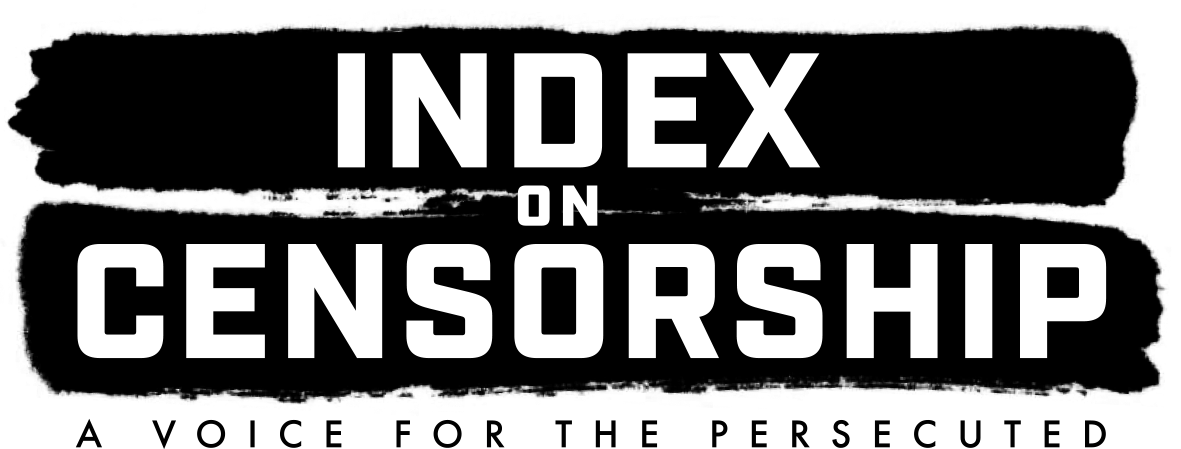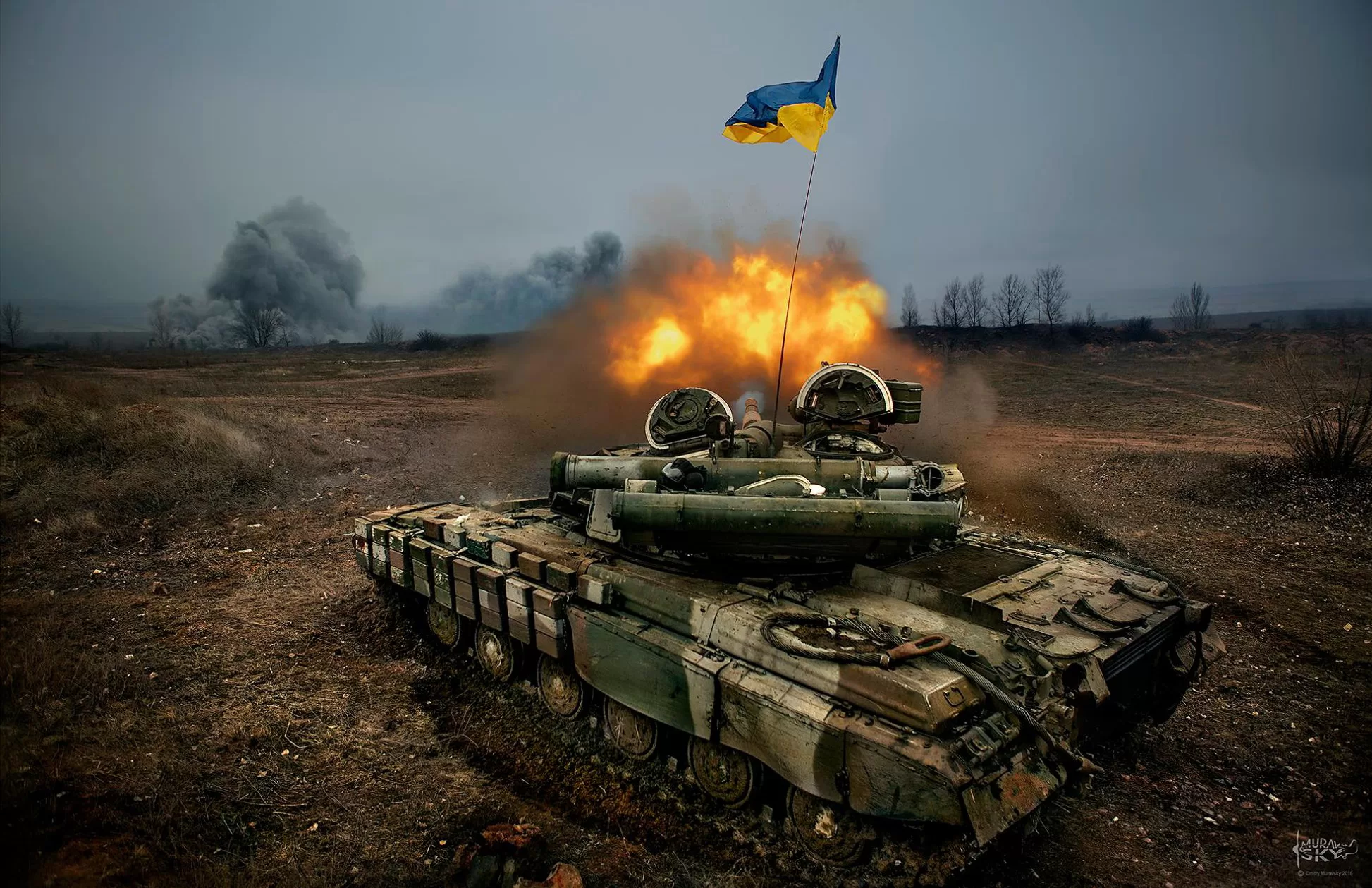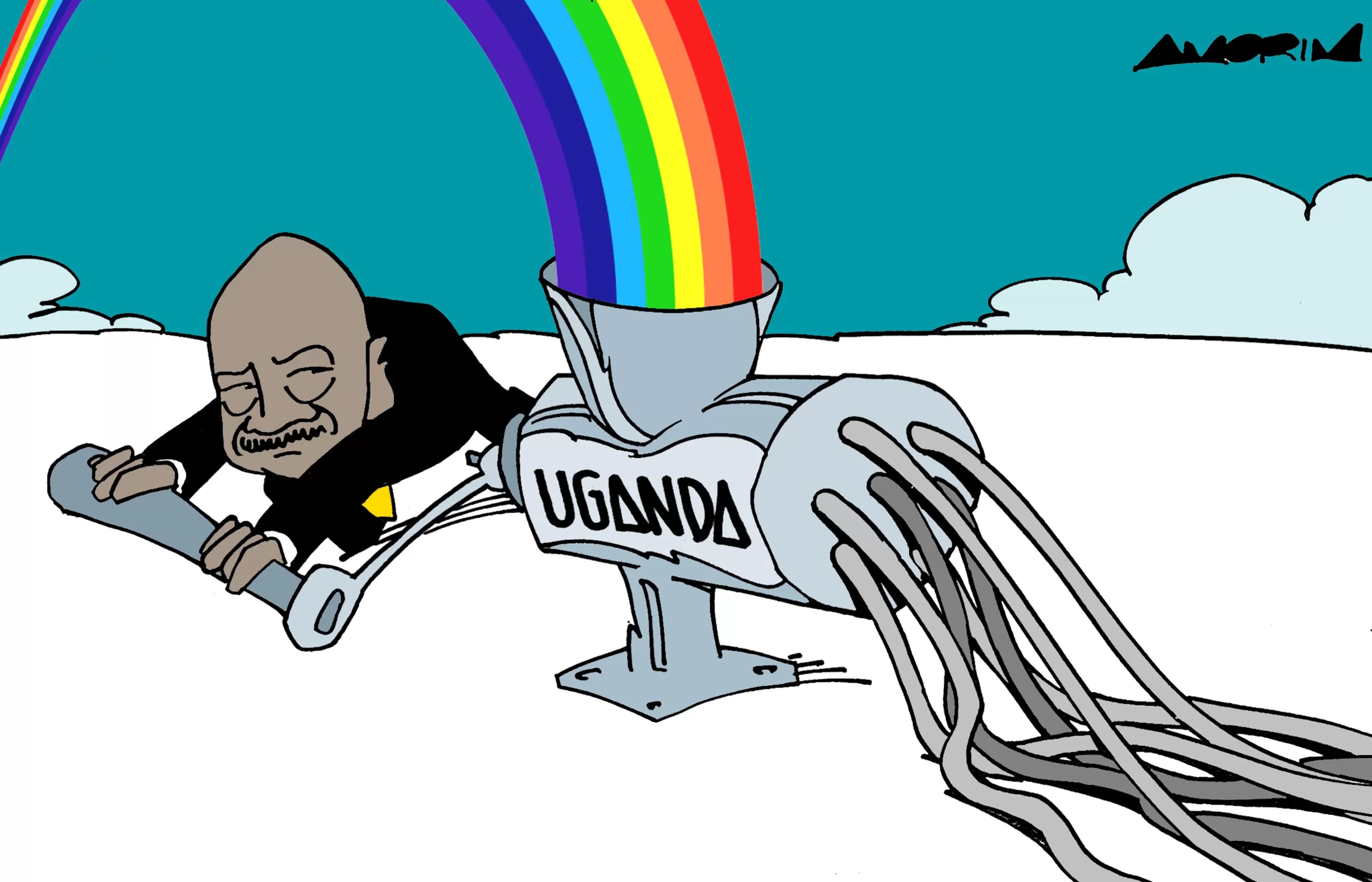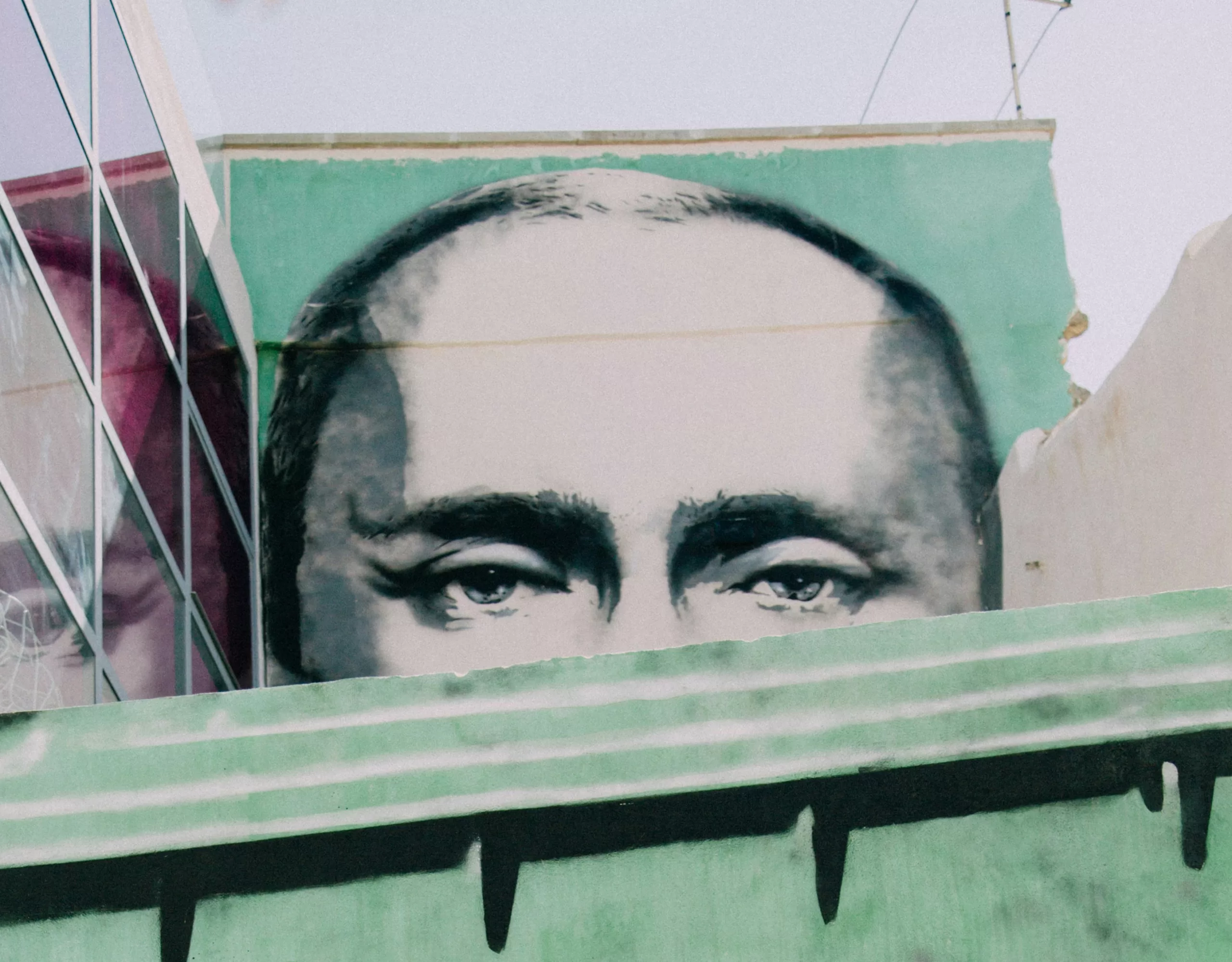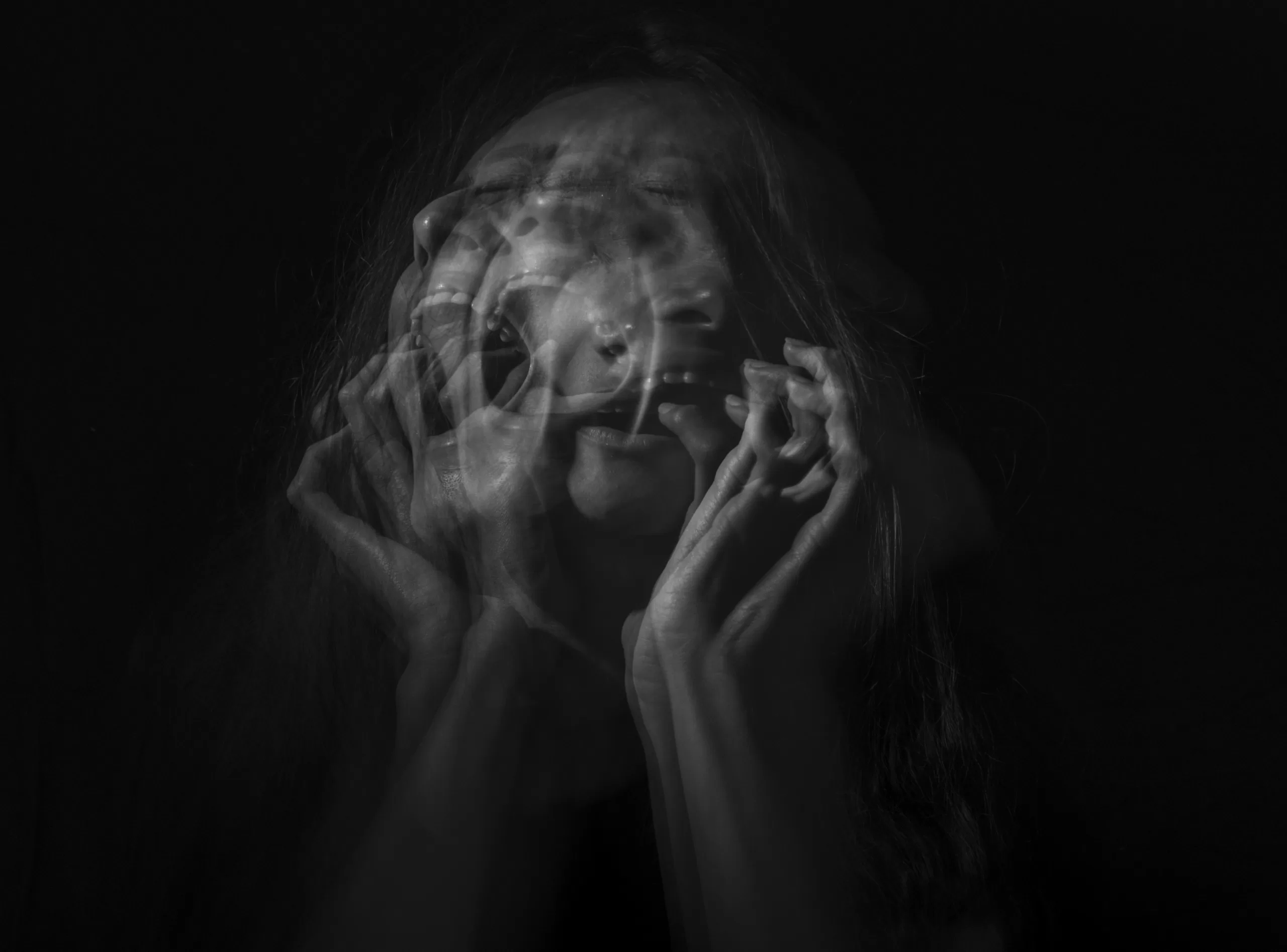 “Slum is a tricky word. It conjures up images out of control. The threatening. The miserable. The lawless,” thus wrote Richard Swift in his article “Welcome to Squatter Town” for The New Internationalist. This publicity raised awareness of the difficulties of slum living in Kenya, but it also highlighted the negative aspects of life in these settlements. 60 per cent of people in Nairobi live in slums or informal settlements. You can’t romanticise it. There is hunger, poverty, dire sanitation and overcrowding, with around 200,000 people living in an area approximately 630 acres (similar to 630 football pitches).
“Slum is a tricky word. It conjures up images out of control. The threatening. The miserable. The lawless,” thus wrote Richard Swift in his article “Welcome to Squatter Town” for The New Internationalist. This publicity raised awareness of the difficulties of slum living in Kenya, but it also highlighted the negative aspects of life in these settlements. 60 per cent of people in Nairobi live in slums or informal settlements. You can’t romanticise it. There is hunger, poverty, dire sanitation and overcrowding, with around 200,000 people living in an area approximately 630 acres (similar to 630 football pitches).
But, if you look for them, there are also high expectations, enterprise and thriving creative expression.
In a small room crammed with paintings and metal sculptures partially illuminated by sunlight concentrated through two small windows, eight artists form a collective know as Maasai Mbili in one of Africa’s largest informal settlements, Kibera. The group started in 2001 when friends Otieno Gomba and Otieno Kota decided to combine forces to create a studio space. In 2003 they purchased their current building, turning what had previously been a dodgy bar into a centre of artistic expression and tolerance.
Most of the artists now affiliated with the studio started as sign writers, and in a style directly influenced from this past they create works of visual texts. It makes for hilarious and perceptive art. Otieno Gomba’s piece Save Our Souls features the tread of a running shoe and alludes to both the culture of recycling in Kibera and the depravity found there, while Ashif Malamba’s Somali Pirate series pokes fun at the media’s recent fixation with banditry on East Africa’s coastline.
Using the street as their primary inspiration, Gomba says, “It couldn’t be art if it was just eight artists locked in a room.” Their studio doors bear the word “karibu”, welcome, an open invitation to the community. The work here is not a reflection of life in Kibera, but a representation of it. From the canvases that are primed with a mixture of paint and rubble to mimic the walls of houses, to snippets of conversation overheard in bars that feature in Kevo’s paintings, this is art that is intrinsically bound up with the community in a relationship approaching symbiosis.
 As well as creating a neutral space where people can come to them, Maasai Mbili also undertake outreach programmes. Mbuthia Maina holds informal art classes for children where they can “paint what they want” and “pour out their minds”. In a country where art has been sidelined in the national curriculum, this opportunity to explore creativity in an unmediated environment carries even more importance. Not only to does it contribute to building imaginative capacity, but crucially it also provides children with a vehicle to express the issues they see around them but are powerless to control.
As well as creating a neutral space where people can come to them, Maasai Mbili also undertake outreach programmes. Mbuthia Maina holds informal art classes for children where they can “paint what they want” and “pour out their minds”. In a country where art has been sidelined in the national curriculum, this opportunity to explore creativity in an unmediated environment carries even more importance. Not only to does it contribute to building imaginative capacity, but crucially it also provides children with a vehicle to express the issues they see around them but are powerless to control.
Maasai Mbili have created a network of influence within their community, and in the process are building consensus around the idea that there are other possibilities and futures to explore. “Mental attitudes are changing,” said Gomba, speaking of the youth who once saw their options as limited. Rather than turning to a life of petty crime, they now see art as a viable means of making a living. It is a message which is no doubt made all the more powerful because it comes from those who have grown through the same circumstances they have.
The initiative that Maasai Mbili are best known for arose out of the post-election violence of December 2007. Almost overnight, neighbours turned on each other for being from the “wrong tribe”. The death toll rose almost daily for weeks. Amidst the chaos, members of Maasai Mbili decided to use the paintbrush as their main tool in an effort to restore social cohesion. Using street art as a form of visual resistance to unfolding events, they painted Kibera’s ruins, adding colour to blackened buildings and daubing walls with the words “PEACE WANTED ALIVE”. At the time Gomba asked himself, “What is the impact of art in the community? What is the role of art in the time?” In short, how does art influence interaction with our environment, and by extension, our behaviour in it? Art For Peace was born.
Identifying children as having suffered the brunt of the trauma, Art For Peace then embarked on a series of programmes that encouraged youth to address the violence that had engulfed them through creative means. It was “a form of therapy” Gomba said, and an initiative that drew considerable media attention. In the months that followed camera crews and dignitaries flocked to see how a group of dreadlocked artists had begun to address the horrors that those most vulnerable in their community had born witness to.
 Now that the violence is over the world’s gaze has moved elsewhere, but for Maasai Mbili the work goes on as they continue to engineer positive social change through art. As Gomba aptly put it, “Art For Peace is eternal. It has no limit. It doesn’t just apply to Kenya. It has no boundaries.”
Now that the violence is over the world’s gaze has moved elsewhere, but for Maasai Mbili the work goes on as they continue to engineer positive social change through art. As Gomba aptly put it, “Art For Peace is eternal. It has no limit. It doesn’t just apply to Kenya. It has no boundaries.”
Maasai Mbili utilise art to effect lasting social change, and they have another pressing goal: to see street art recognised as a legitimate art form. “Street art is sidelined,” said Ashif, “although now there is some recognition. We want to integrate street art with gallery art.” With limited gallery space across Nairobi, compounded by high costs associated with exhibiting, this is ongoing struggle. However when they do get the chance to exhibit, their work consistently sells out. “Our perspective is unique,” Says Ashif, “it is a commentary that is social, personal, economic and political. And it is also full of humour.” Maasai Mbili opens up alternative paths of understanding and gives fleeting access into the visual culture and identity of their community in Kibera.
African Street Art deserves a place in global contemporary discourse. It has meaning beyond commoditisation and market whims. Street Art directly engages with communities through its own language. It changes behaviour and opens up new possibilities; it holds the potential to shape our society. Art — from the street to the gallery — forms an integral part of our national identity.
Musimbi King is a freelance journalist in Nairobi focusing on creative industry in Africa and the role this sector can play in promoting socio-economic growth across the continent.
